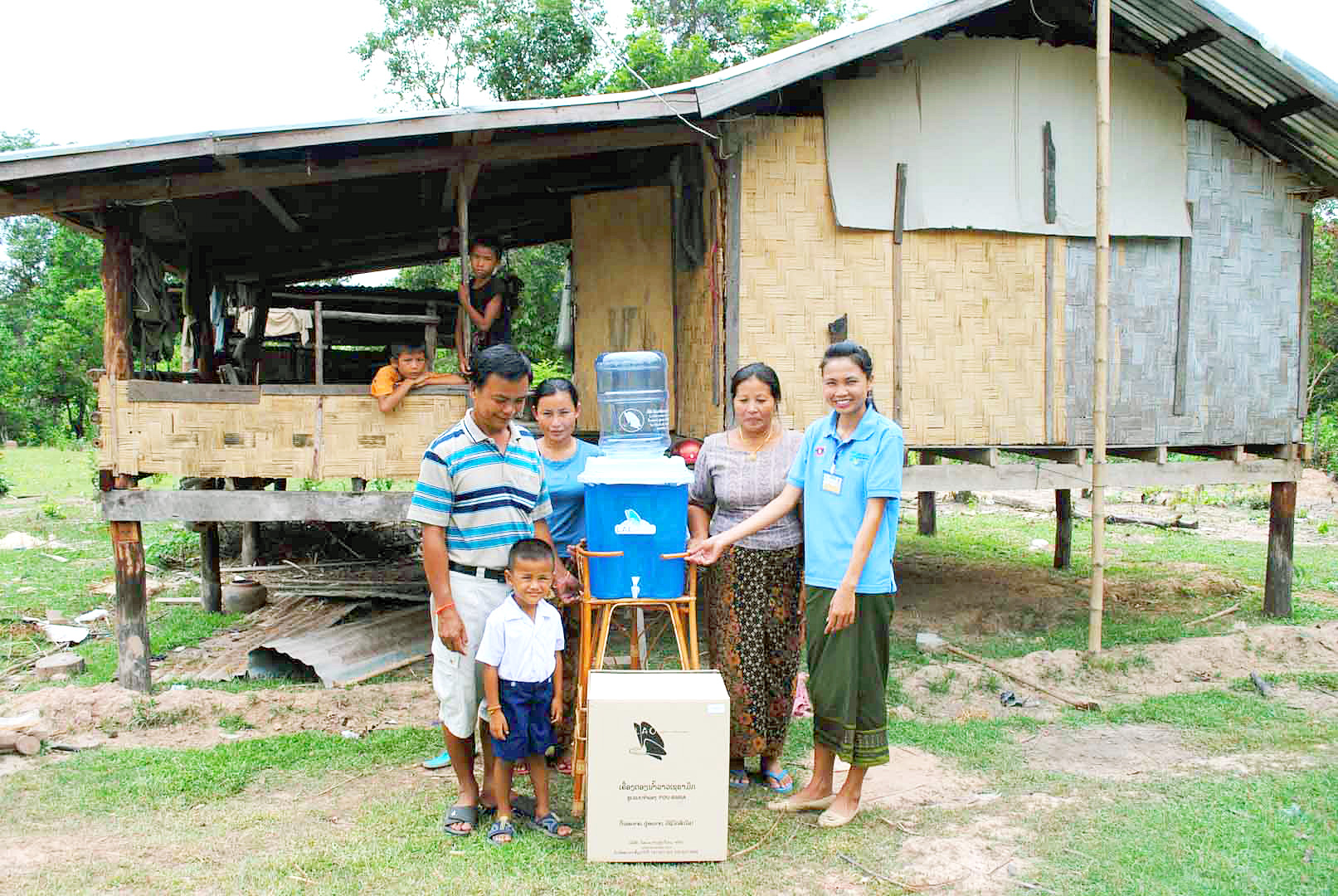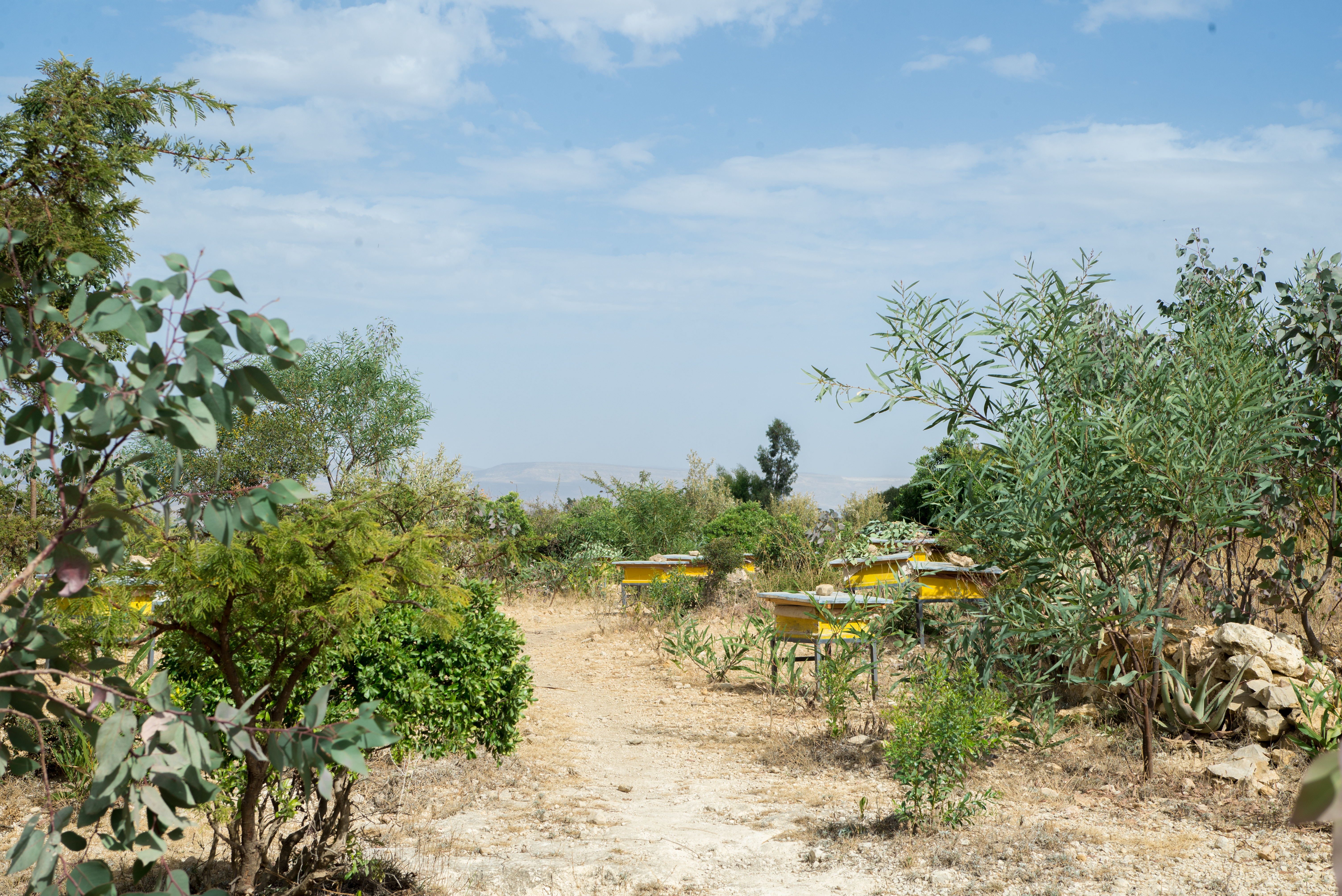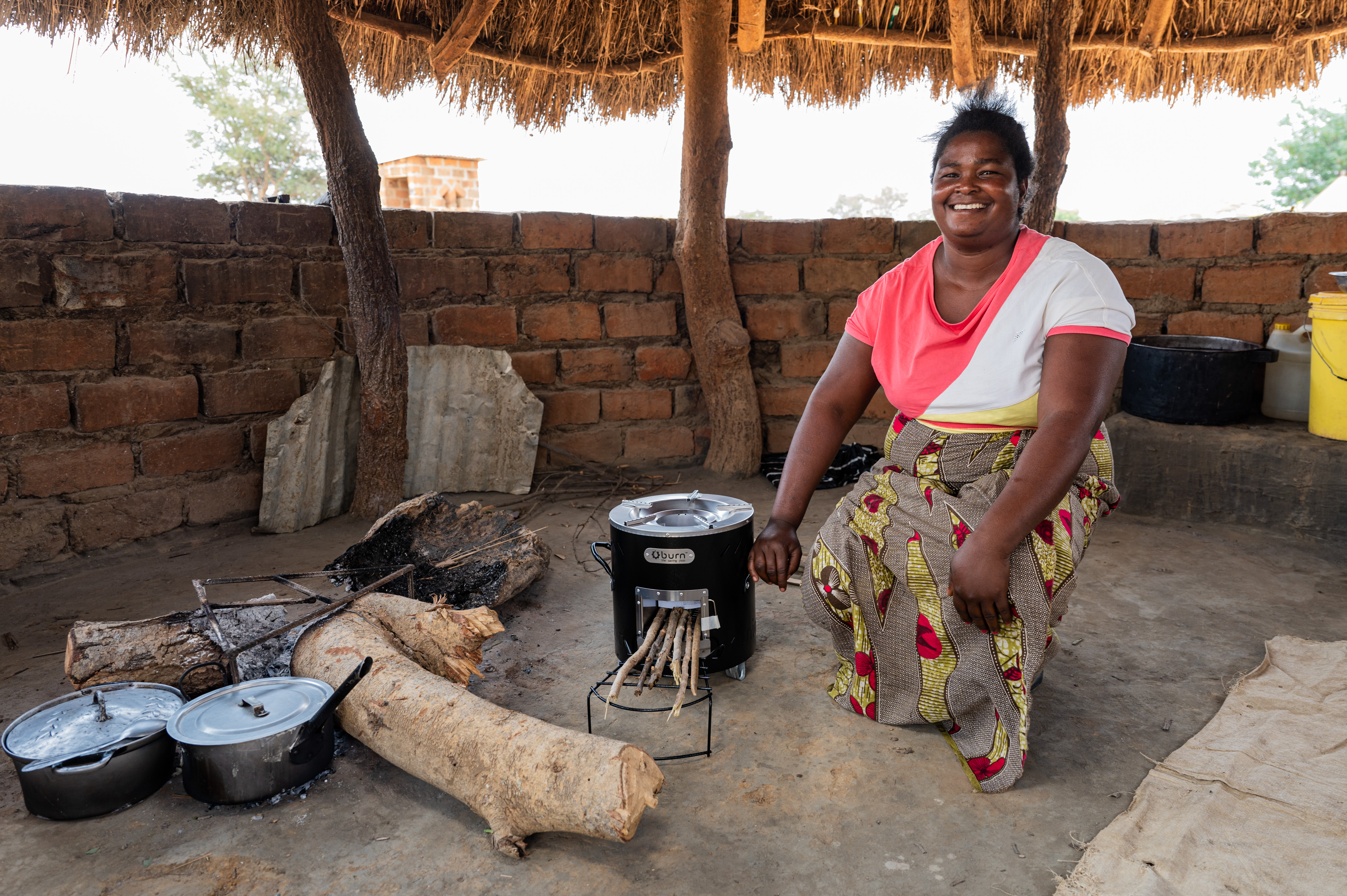Improving Turkey's energy infrastructure
Climate change demands a shift away from the use of fossil fuels. Therefore, a new wind power plant containing 38 wind turbines with a total installed capacity of 34.2 MW is constructed in Dualar district of Manisa province.
By developing a grid connection, the project activity involves the expansion of the local energy infrastructure. The new 30 km long transmission line between the project area and the national electricity grid is expected to transfer around 116,000 MWh per year of clean electricity.
This investment in renewable energies is of great importance as Turkey's energy demand is constantly growing and meeting the demand by building more conventional power plants would inevitably lead to a sharp increase in greenhouse gas emissions. Instead, with the help of this environmentally friendly wind power plant, approximately 85.030 tonnes of CO2 emissions are expected to be reduced annually.

As the name suggests, wind turbines use the power of the wind to generate energy. During this process, a generator located inside the wind turbine converts kinetic energy into electrical energy. As energy is still mainly generated from fossil fuels in many areas around the world, clean wind energy can replace some of this fossil, high-emission energy and verifiably save CO2 emissions.
In most cases, the sustainably generated electricity from the wind power projects is fed into a regional power grid, which diversifies the power supply and improves energy security in regions that are frequently affected by power shortages and outages. A project often creates increased job opportunities for the local population and the area can be used for additional activities, such as agriculture. Wind power projects make an important contribution to a clean energy supply worldwide and contribute to sustainable development with respect to the UN Sustainable Development Goals (SDGs). Wind energy projects in the ClimatePartner portfolio are registered with international standards.
Explore our projects
Biochar for Climate Action, Healthy Soils, and Better Harvests

A certified climate project combined with additional commitment

Expansion of renewable energy generation in Asia

Ceramic water filters save CO2 and improve health

Improved cookstoves worldwide – for better health and cleaner air

A certified climate project combined with additional commitment

Powering access to renewable energy in Africa

A certified climate project combined with additional commitment

Restored ecosystems remove carbon

Turning degraded farmlands into healthy ecosystems

Improved cookstoves - better for health and the environment





